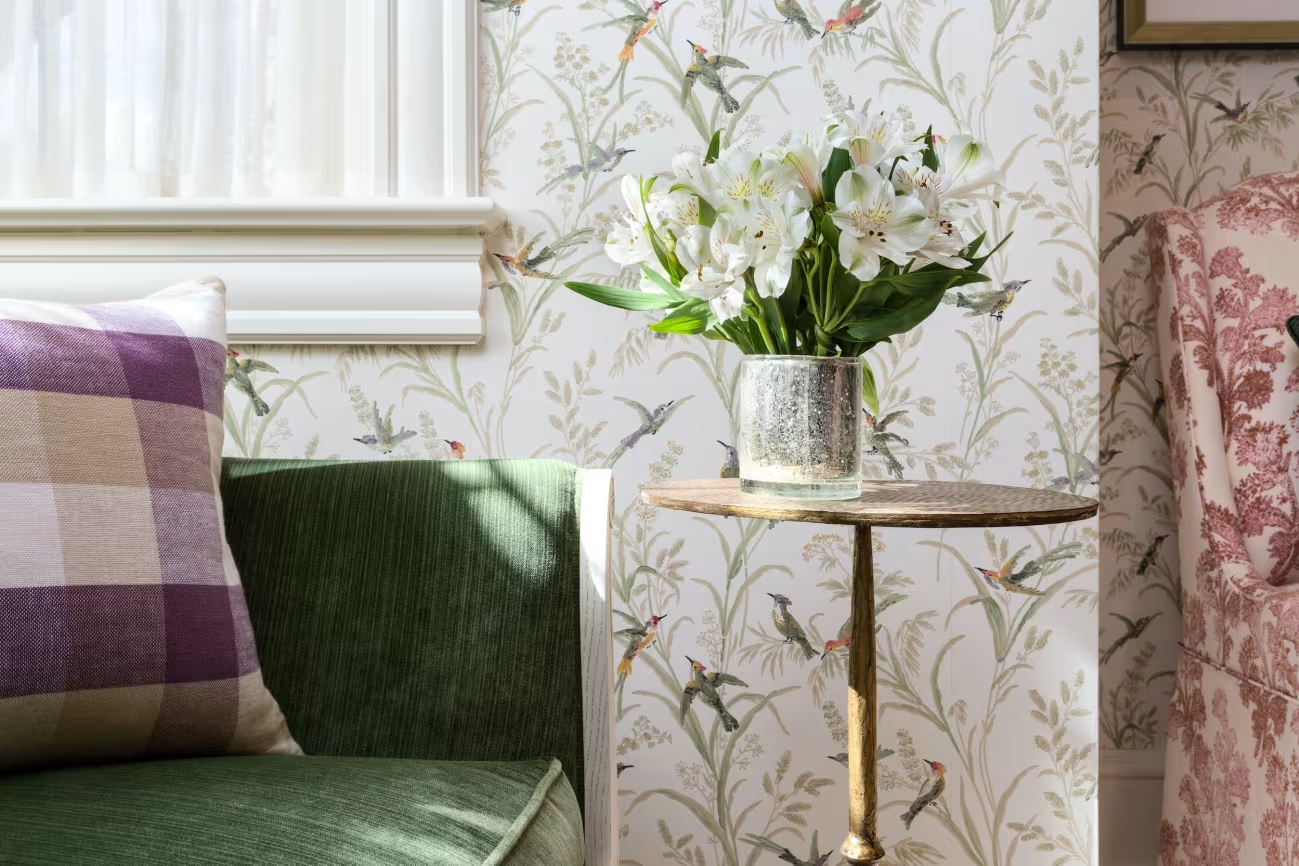Garages were considered practical afterthoughts, dull vehicle storage spaces, and places to conceal dusty equipment for many years. However, a transformation is in progress, driven by the emergence of maximalism.
This daring design style, characterized by textured layers, striking patterns, and unabashed self-expression, transforms garages into vibrant extensions of the home.
They are no longer merely storage spaces; they’re transforming into canvases for imagination, fusing practicality with bold style. Below, we explore four pillars of the maximalist garage revolution and how they’re changing what these spaces can be.
Textured Garage Doors That Command Attention
The garage door, often the largest exterior surface of a home, is becoming a maximalist centerpiece. Sleek monochromatic panels are out as new designs embrace texture as a form of storytelling.
Embossed steel doors with botanical motifs, reclaimed wood doors with hand-carved geometric reliefs, or laser-cut aluminum screens with intricate shadow casting all boost curb appeal. Pairing these textures with matte or gloss finishes can intensify visual interest, especially under changing natural light.
This shift toward avant-garde craftsmanship has been driven by developments in industrial design, and textured collections now encompass options such as oxidized copper panels with verdigris patinas or composite doors featuring inlays of recycled glass shards. These designs not only capture attention but also offer a multisensory experience.
The trend continues with interior doors clad in turfed fabric, woven rattan, or even 3D-printed tile mosaics, transforming functional elements into tactile focal points. Combining these with smart door technology merges cutting-edge convenience with bold aesthetics.
Clash of Patterns Where Stripes Meet Florals

Maximalism thrives on the unexpected, and garages are the perfect playground for pattern mixing. Imagine checkerboard epoxy floors layered beneath walls adorned with tropical palm prints or geometric hexagon tiles juxtaposed against zebra-print storage cabinets.
The secret lies in balancing scale and color. For instance, a massive floral mural on the wall can be balanced by smaller polka-dot tool pegboards nearby, linked with a cohesive color like emerald green or cobalt blue. Layering textures, such as shiny paint finishes with matte materials or metallic details, introduces richness without cluttering the space.
Homeowners are even extending this philosophy to overhead spaces. Ceilings painted with celestial constellations or retro starburst patterns add whimsy, while bold-striped rafters draw the eye upward. Flooring, too, gets a maximalist makeover.
Epoxy resins infused with metallic flakes or terrazzo-style chips create durability with a side of drama. The result? Garages that feel less like parking spots and more like art installations. Incorporating recessed LED lighting can dynamically highlight patterns, shifting the ambiance from day to night.
Eclectic Storage to Curate Chaos with Intention
Maximalist storage isn’t about hiding clutter but celebrating it. Open shelving becomes a stage for displaying vintage gas cans, mid-century toolboxes, or collections of antique wrenches.
Pegboards, once purely practical, are now painted in high-gloss lacquers and arranged with symmetrical precision, holding tools alongside framed botanical prints or vinyl records.
Adding hidden compartments or fold-out drawers behind bold decor maintains functionality without sacrificing style.
Innovative DIYers are repurposing unexpected items. A retro ladder leaning against a wall holds hanging plants and bike helmets, while an ornate, gilded mirror propped above a workbench reflects and amplifies the room’s vibrant energy. Even ceiling-mounted racks get a makeover, with wrought-iron scrollwork or powder-coated rainbow hue.
The goal is to transform every hook, shelf, and bin into an opportunity for visual storytelling. Mixing modular storage systems with permanent fixtures allows for evolving displays that adapt to seasonal decor or new collections.
Themed Zones to Create Multifunctional Wonderlands
Why settle for a single purpose when your garage can be a lounge, studio, and showroom all at once? Maximalism encourages zoning through the use of color-blocked floors, hanging textile dividers, or even freestanding, arched bookcases. A retro workshop zone might feature a 1950s diner booth under a neon “Garage Sweet Garage” sign, surrounded by walls papered in vintage mechanic advertisements.
Adjacent to it, a modern fitness corner could boast neon resistance bands hanging from gold hooks and a mirrored wall outlined in LED strips. Incorporating soundproofing materials or retractable screens can enhance the usability of each zone for activities such as music practice or podcast recording.
Themed collections amplify the narrative. A car enthusiast could pair a classic Corvette with walls covered in framed blueprints and race car memorabilia, while an artist’s garage-studio could have paint-splattered drop cloths for curtains and old factory carts reclaimed as paint brush holders.
Not only are these spaces functional, but they are also highly personal, rendering the garage a sanctuary that honors the owner’s passions.
Blending indoor-outdoor elements, such as weather-tolerant seating or retractable garage doors, transforms the space into a year-round, multifunctional retreat.
For Northwest Ohio residents, a Toledo ODC (Overhead Door Company) can bring these visions to life, offering custom garage door installations that seamlessly blend rugged functionality with bold design, ideal for car displays, art studios, or multipurpose spaces.
Endnote
The maximalist garage movement is more than a design trend, but a rebellion against the sterile, one-note spaces of the past. By embracing bold patterns, tactile textures, and storage that doubles as decor, homeowners can reimagine their garages as extensions of their personality and creativity.
Whether through a door that whispers steampunk elegance or a pegboard gallery wall that shouts retro charm, these spaces prove that utility and artistry can coexist.

